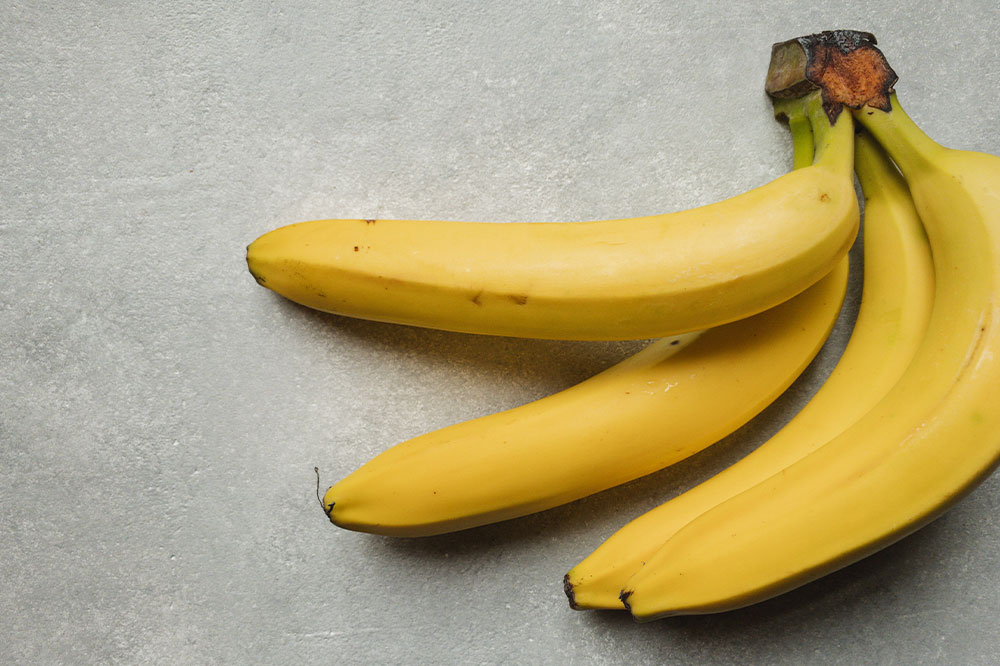
11 effective treatments for aching legs
Leg pains can occur due to cramps, injuries, excessive exercise, and medical conditions. Sometimes, these aches might be minor and go away with time. Other times, the ache in your leg can become severe and chronic. In both cases, leg pain can affect your daily life and must be treated at the earliest. And while there are medical solutions for the condition, practicing these natural treatments will also help boost your recovery.
Low-impact exercises
Low-impact exercises are known to reduce joint pains caused by arthritis. These exercises strengthen the muscles that support the joints. Low-impact exercises can also help boost blood circulation, reduce cramping, and relieve pains in the leg. You can try calf and hamstring stretches. These routines will help increase bone density and aid joints.
Cold compressions
Cold compressions can help curb inflammation in the legs by reducing the flow of blood. The method is preferred after extensive workouts or injuries. You will need to wrap a couple of ice cubes in a towel and stub it on the affected areas. Following the process, for ten to fifteen minutes a day works well to treat aching legs.
Drinking water
Dehydration is a common cause of leg pain and muscle cramps. The best way to avoid the condition is by drinking plenty of water all day. Furthermore, drinking spring or mineral-based water can boost your recovery because of its rich electrolyte content. Furthermore, laying off coffee and caffeinated beverages can help as well.
Warm compresses
Warm compresses help when you develop leg pain due to reduced blood circulation in the legs. You can warm up water or apply a heat pack to the affected regions of your body and let it sit for about ten to fifteen minutes. The treatment helps loosen and relax the muscles, relieving any pain in the legs.
Yoga
Yoga is a centuries-old healing method with several benefits to the human body. The therapeutic exercise helps remove blockages and helps detox the body. Practicing yoga poses will ultimately help relieve any chronic pain or inflammation in your legs. However, it is best to practice the exercise with the help of a trained professional to avoid any unforeseen injuries.
Eat potassium- and magnesium-rich foods
People with low potassium and magnesium levels in their bodies are more susceptible to developing leg aches. So, it is important to eat foods like bananas, fish, whole grains, dates, plums, raisins, and fish. These foods are rich in potassium and magnesium and will help ward off any pains in your legs and other parts of the body. Baked sweet potatoes and tomato juice are also foods with promising levels of these minerals.
Turmeric
Turmeric is another traditional method for treating several medical conditions. When it comes to aches in your legs, you can drink a glass of milk mixed with half a spoon of turmeric powder. You can also make a paste of the powder, apply it to the regions that hurt, and let it sit for thirty minutes. Turmeric contains anti-inflammatory properties known to alleviate pains in the legs or other regions of the body.
Walking
Walking is one of the best ways to get rid of leg pains. Walking for at least thirty minutes a day can do wonders for your feet. The natural method helps improve blood circulation, reduce inflammation, and release endorphins in your body. Walking is also good for your mental health, plus helps manage weight as an added benefit.
Stretching
Stretching is a popular method to help take off stress from the leg muscles and help you relax. A few stretching exercises include the knee to the opposite shoulder, the sitting pigeon pose, the standard hamstring stretch, and the sitting spinal stretch. Practicing these stretches will help improve blood circulation in your legs. It will also improve blood flow to other regions of the body. The treatment also helps loosen glutes and hamstrings and reduce compressions on the spinal cord.
Epsom salt baths
Epsom salts are rich in magnesium – a primary ingredient needed to remedy pains in the body, including those in your feet. Pour half a cup of Epsom salt in lukewarm water inside a bathtub or a bucket. Next, soak the affected region for about fifteen minutes. The process helps alleviate any pains and inflammation in your joints.
Get some rest
The treatments above won’t mean a thing if you do not give your body the rest it deserves. Sleeping for at least seven to eight hours is necessary to speed up any healing process and help the muscles recover. Sleeping also helps you recharge your body to take on activities and stay fresh the next day. If you have insomnia, then eat bananas or drink cherry juice before bed. These foods contain melatonin that helps as a natural sleeping aid.




